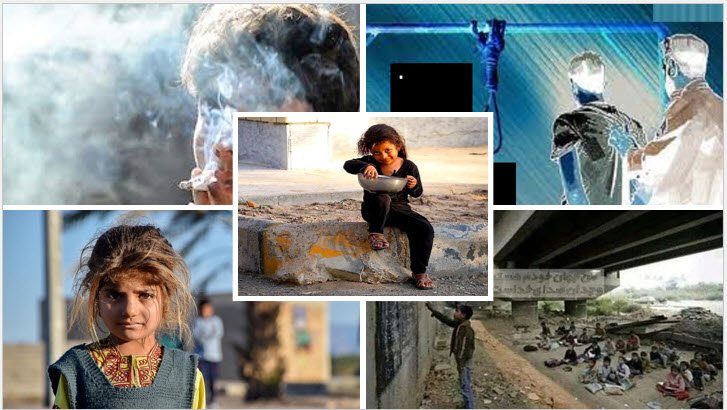
In a society driven by economic and social transformations, statistics serve as the bedrock for understanding societal developments and poverty shaping future paths.
In Iran, the responsibility for providing crucial economic statistics lies with two institutions—the Statistical Center and the Central Bank. However, persistent discrepancies in the statistics provided by these institutions have become a tool for the Iranian regime to justify failures and mislead the public.
The head of the Central Bank, Mohammad Reza Farzin, nonchalantly dismisses the statistical differences as a historical phenomenon. Yet, these variations have serious implications, influencing the narrative on the country’s economic performance. The reported economic growth in the first half of the year differs significantly between the Statistical Center (7.5%) and the Central Bank (4.7%), with a hidden figure of 2.2 quadrillion rials, equivalent to 32.4% of the GDP.
The discrepancies extend beyond aggregate figures, encompassing subsets like inflation and sector-specific growth rates. Different base years and acceptable inflation levels are cited as justifications, leading to conflicting data that muddles public discourse and complicates policymaking. Economists suggest that the growth calculation model, heavily reliant on increased government consumption, exacerbates economic downturns for private enterprises and households.

Critics argue that the misleading statistics not only fail to reflect the reality of Iran’s economy but also contribute to a distorted public discourse.
The Iranian regime, under Supreme Leader Ali Khamenei’s control, has appropriated public resources for personal interests, contributing to a negative national capital account and a lack of foreign investment and technological innovation. As a result, skepticism arises regarding the reliability of current economic growth statistics.
The economic report also highlights the regime’s dependence on oil and gas exports for apparent growth, revealing the exploitation of the country’s resources. Despite this, the regime’s astronomical budget deficits persist, leading to inflation, high food prices, and skyrocketing housing rents. Critics point to the government’s escalating expenses and dwindling resources, emphasizing the uncertain economic future and decision-making deadlock.

The World Bank’s grim assessment of Iran’s perpetual budget deficit, reaching around 30% of the total budget, paints a bleak economic outlook.
The deteriorating state of private final consumption, a component of Gross Domestic Product (GDP), further underscores the worsening well-being of the Iranian people. Indicators of poverty, destitution, hunger, and disease signal a rapid decline affecting millions, portraying a stark reality contrary to the optimistic facade presented by the regime’s economic statistics.

MEK Iran (follow us on Twitter and Facebook), Maryam Rajavi’s on her site, Twitter & Facebook, NCRI (Twitter & Facebook), and People’s Mojahedin Organization of Iran – MEK IRAN – YouTu
